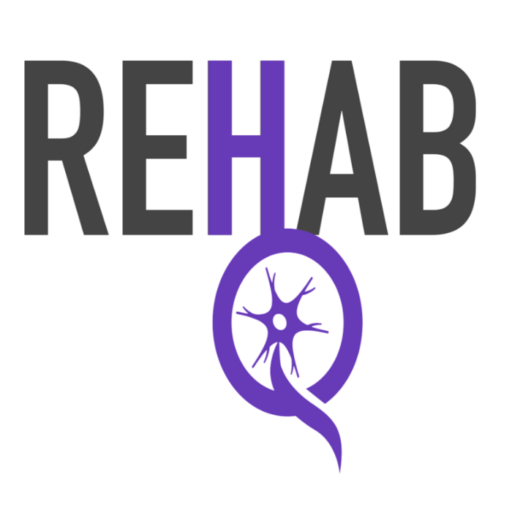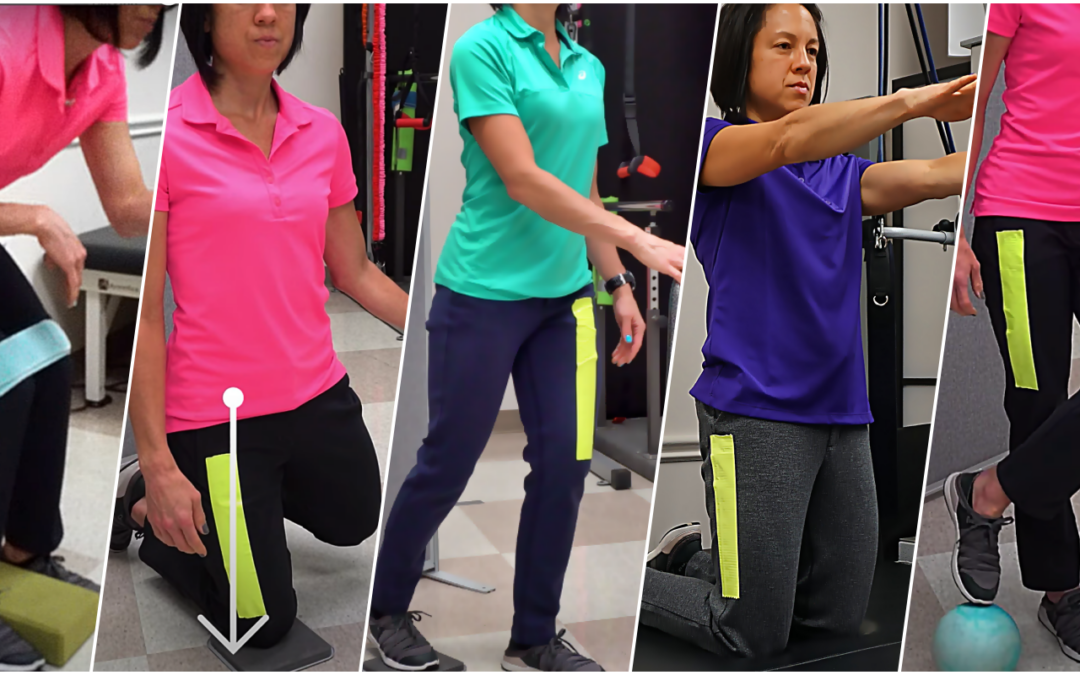Are you super eager to relearn to walk? Walking is a HUGE goal for anyone who has lost that ability. Walking means different things to different people. And quite honestly, has far less meaning until you have lost this fundamental skill. All that being said, it is probably one skill that I am the most passionate about when it comes to helping someone recover from any type of major health crisis. Relearning how to walk is an often slow process that requires a ton of patients. It requires a step by step progression of skills with the end goal of regaining the ability to walk in the most efficient manner possible.
Walking Progression #1
In this first progression, you will learn some “lower level skills”. This is especially relevant to anyone who is unable to stand. The exercises in this first progression will focus on the muscles around the hip. In addition to movement the legs, it is important to start “preparing” the legs to accept your body weight. We refer to this as early weight bearing.
Walking Progression #2
Once your legs are strong enough to support your body weight, it is time to start “loading” them with your body weight. We do this through a series of sit to stand activities.
Walking Progression #3
Now that you are now and on your feet, it is time to start thinking about taking a step. In order to take your first step, it is important to retrain your body to stand on one leg.
Walking Progression #4
Once you have learned to take a step and feel comfortable putting all your body weight on one leg, you have probably started walking short distance with an assistive device. Now it is time to “fine tune” the quality of your walking. So, back to the mat we go for some kneeling activities and half kneeling activities.
Advanced Walking (progression #5)
Now we are getting to the “advanced” point in the walking progression. These activities are designed for someone who is walking without an assistive device. At this stage in the walking progression the goal is to start getting more comfortable on different terrain. This will help to build confidence and decrease anxiety when you are in new or unfamiliar environments.
Advanced Walking (progression #6)
Finally, you are ready for practicing in the “real world”. At this point it is good to start challenging your walking skills to be more “automatic”. This can be accomplished by adding split attention or divided attention activities. In this video your attention will be divided between a “balancing” activity and a “distraction” activity.


My heartfelt appreciation Tara for your stroke recovery exercises videos.I have learnt/learning a lot since i came across your videos and i have become your avid follower.I was so impressed to discover that to achieve much progress from these exercises they should be done in progression stages and its proving to be the force to reckon with.Its super duper like you always say. Keep on doing that good work .Stay blessed
I am so glad you are finding the videos helpful. Oh, and that you are not as annoyed as I am when I say “super duper” for the 12th time in the same video 😂🤷🏻♀️